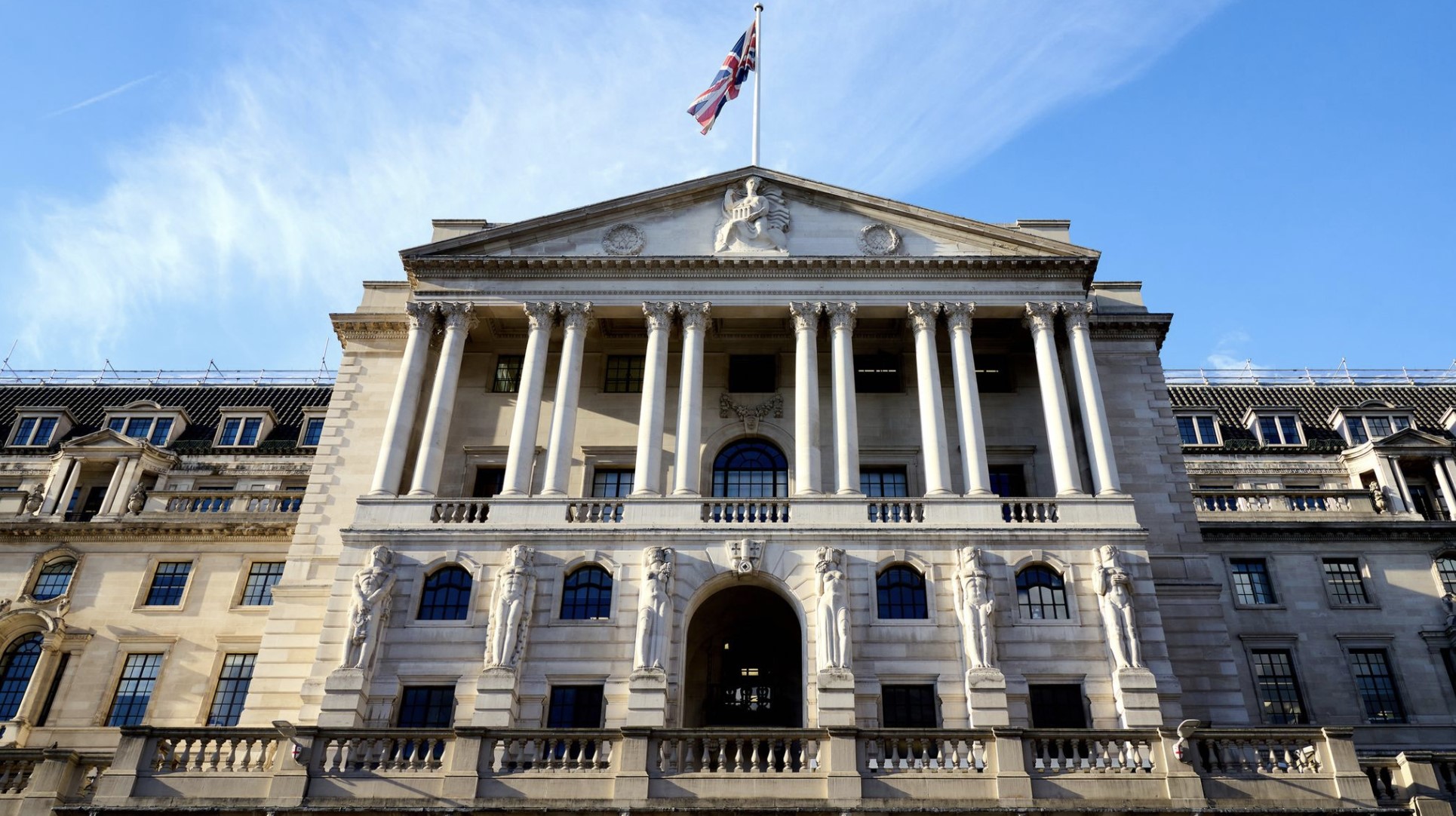U.K. Inflation Surge: A Thorn in the Bank of England’s Side – The U.K.’s economic landscape just became a bit more complicated. January saw annual inflation climb to its highest level since March 2023, reaching 3.0%—a sharp uptick from December’s 2.5% and surpassing economists’ expectations of 2.8%. This development throws a wrench into the Bank of England’s (BOE) carefully laid plans for gradual interest rate cuts amid an already fragile growth outlook.
With consumer prices rising faster than anticipated, services inflation surging to 5.0%, and core inflation hitting 3.7%, the BOE now faces mounting pressure to balance two opposing forces: stubborn inflation and sluggish economic growth. Let’s break down what this means for the U.K., how it compares globally, and what experts predict lies ahead.
Why Did Inflation Spike?

January’s inflation jump wasn’t entirely unexpected but is nonetheless concerning. Two key factors drove the increase:
- Air Fares and VAT Changes : Rising airfares combined with new value-added tax (VAT) levies on private-school fees contributed significantly to the price surge. These one-off effects highlight how policy decisions can ripple through the economy, exacerbating inflationary pressures.
- Wage Growth and Services Sector Pressure : Data released earlier this week revealed accelerating wage growth—a trend that often feeds directly into higher inflation, particularly within labor-intensive sectors like hospitality and healthcare. With services inflation spiking to 5.0%, the risk of a wage-price spiral looms large, adding another layer of complexity for policymakers.
While these drivers may seem temporary, their impact underscores deeper structural challenges facing the British economy, including tight labor markets and supply chain disruptions.
The BOE’s Dilemma: Cut Rates or Hold Steady?

At its February meeting, the BOE opted to cut its benchmark interest rate to 4.5%, signaling a “gradual and careful” approach to easing monetary policy. However, the latest inflation figures make further cuts less straightforward. Here’s why:
- Inflation vs. Growth Tradeoff : On one hand, cutting rates too quickly risks fueling inflation, which remains stubbornly above the BOE’s 2% target. On the other, failing to provide stimulus could stifle an already weak recovery, with GDP growth projected at a meager 0.75% for 2025—half the previous forecast.
- Global Comparisons : Unlike the Federal Reserve and European Central Bank, both of which have moved more aggressively to lower borrowing costs, the BOE has adopted a cautious stance. This divergence reflects differing economic conditions; while the U.S. enjoys robust job creation and moderate inflation, Europe grapples with deflationary risks, leaving the U.K. caught awkwardly in between.
Capital Economics deputy chief U.K. economist Ruth Gregory sums up the situation succinctly: “The climb in inflation will be uncomfortable for the BOE, though not enough to prevent it from cutting interest rates further. But it will mean it continues to cut rates only slowly.”
Looking Ahead: What Experts Predict

So where does this leave the U.K.? To answer that question, we turn to expert insights and macroeconomic forecasts:
- Short-Term Outlook : The BOE anticipates inflation will peak at 3.7% by summer, driven primarily by rising energy costs. While this suggests some relief later in the year, households are likely to feel the pinch until then, especially given stagnant real wages and elevated living expenses.
- Longer-Term Risks : Several external factors could derail the BOE’s efforts to stabilize the economy:
- Trade Uncertainty : Governor Andrew Bailey recently voiced concerns about potential tariffs under the Trump administration, warning that fragmented trade would harm global growth. Such measures could weaken the pound, pushing import prices—and thus inflation—even higher.
- Currency Dynamics : The Fed’s reluctance to lower rates keeps the U.S. dollar strong, making it harder for the BOE to ease without risking currency depreciation.
- Structural Challenges : Beyond immediate shocks, the U.K. must contend with long-term issues like productivity stagnation and demographic shifts. According to Santiago Alvarez-Blaser et al., granular inflation dynamics reveal that idiosyncratic firm-level shocks play a significant role in advanced economies, accounting for 41% of overall inflation variance. For the U.K., addressing these micro-level inefficiencies could prove crucial in achieving sustainable growth.
What Should Investors and Consumers Do?
Given the uncertain environment, here’s advice tailored to different audiences:
- For Investors : Stay diversified and consider hedging against currency volatility. Fixed-income assets might offer limited returns as rates remain relatively high, but equities in defensive sectors like utilities and healthcare could provide stabilit.
- For Consumers : Budget wisely, as higher prices—especially for essentials like energy—could persist. Locking in fixed-rate mortgages or refinancing existing debt could mitigate the impact of prolonged rate hikes.
A Vision for the Future

The U.K.’s current predicament highlights the delicate balancing act required of central banks in today’s interconnected world. As digitalization reshapes global trade patterns, low-income economies stand to gain from falling trade costs and increased access to digitally deliverable services. Could similar opportunities arise for the U.K., particularly if it embraces technological innovation and fosters a competitive regulatory environment?
Moreover, lessons from historical episodes of stagflation suggest that targeted fiscal policies—such as investing in education and infrastructure—can complement monetary tools in overcoming dual challenges of inflation and stagnation. Whether the BOE and government seize this moment remains to be seen.
One thing is clear: navigating the path forward won’t be easy. But with prudent policymaking and proactive reforms, there’s hope for brighter days ahead.

답글 남기기